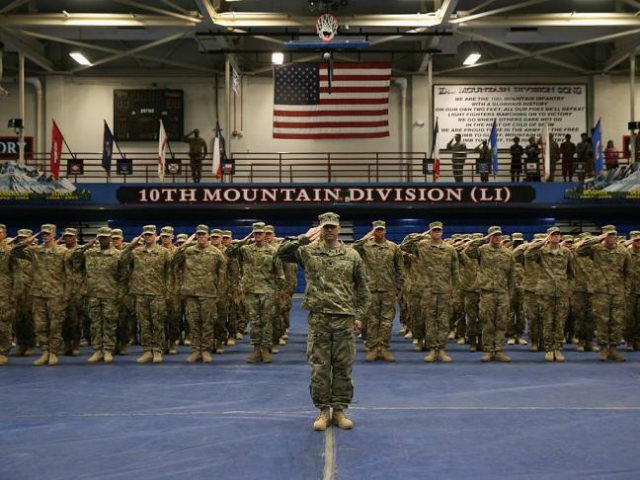The Pentagon is expected to intensify its campaign in Afghanistan by expanding the use of drones and deploying an estimated 1,000 advisers to accompany the Afghan troops on combat missions.
The new policies are part of an effort to shift resources from the winding down war against the Islamic State (ISIS/ISIL) in Iraq and Syria to Asia.
According to the Wall Street Journal (WSJ):
The idea is to bulk up the U.S. military presence in Afghanistan by the time the traditional fighting season begins in the spring. The military will send a larger number of drones, both armed and unarmed, to Afghanistan for air support as well as for intelligence, surveillance, and reconnaissance.
The Pentagon also plans to bolster capabilities such as helicopters, ground vehicles, artillery and related materiel, U.S. officials said, moves made possible by a reduction of combat operations in Syria and Iraq against the Islamic State extremist group.
Gen. Joseph Votel, the chief of U.S. Central Command (CENTCOM), recently indicated that the U.S. wants to prepare to ramp up its campaign against the Taliban, the Islamic State (ISIS/ISIL), and other jihadist groups in Afghanistan beyond the fighting season and into the winter months.
As soon as February, U.S. President Donald Trump’s administration is expected to deploy members of an Army security-force assistance brigade to work as combat advisers to the Afghan National Defense and Security Forces (ANDSF), a move that will enhance America’s training operations, the WSJ learned from unnamed U.S. and military officials.
The WSJ explains:
These moves all accelerate President Donald Trump’s decision last August to approve some 4,000 additional troops in Afghanistan, bringing the number of American personnel to about 14,000. The additional security-force assistance units could push that number higher, although other forces could be withdrawn at the same time.
The WSJ notes that the emphasis on the war in Afghanistan is a component of “a broader shift” that is expected to reduce America’s military footprint in the Middle East as it refocuses its capabilities on Asia, where the U.S. is facing Afghan terrorists, a threat from North Korea, and Chinese assertiveness.
“The real caution, the thing that’s being discussed, is that we cannot make the mistake of taking our eye off ISIS [Islamic State] too quickly,” a military official told WSJ. “We don’t want to make the same mistake we’ve made before; we don’t want to allow that to happen.”
The Afghanistan-Pakistan region is home to the largest concentration of insurgencies and terrorist groups in the world, according to the U.S. military.

COMMENTS
Please let us know if you're having issues with commenting.